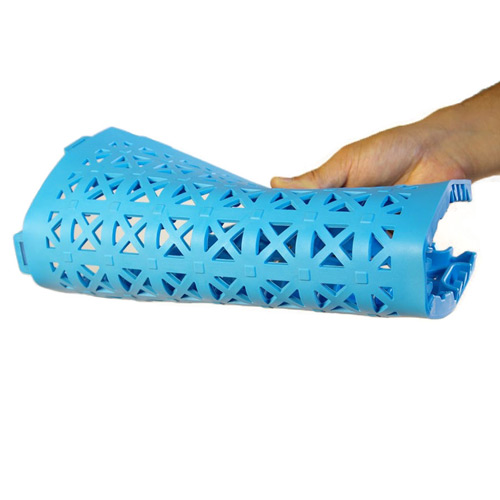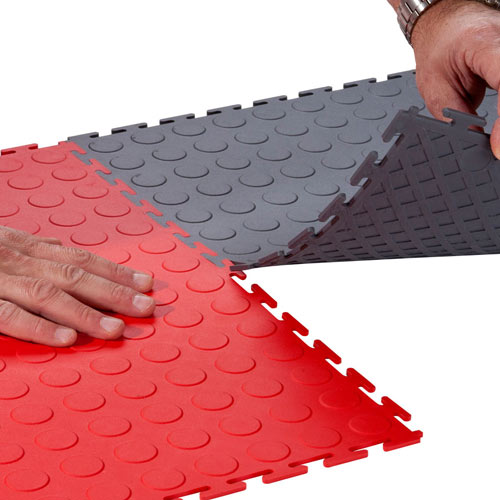Polyethylene Flooring vs Polypropylene Flooring and PVC Floor Tiles
Polyethylene (PE), polypropylene (PP), and polyvinyl chloride (PVC) are three of the most commonly used thermoplastics in the flooring industry. (Thermoplastics become soft and moldable upon heating and solidify again when cooled.) Each has different features that affect how well they work for certain applications. Here's how it works.
Polyvinyl Chloride Flooring
PVC can be rigid (RPVC) or flexible. RPVC is usually used for piping, doors, windows, bank cards, and non-food packaging, but it can be brittle. With the addition of phthalates (chemicals used to soften plastics), RPVC becomes softer and more flexible and can replace rubber in many instances, which is where it becomes useful in flooring.PVC flooring is inexpensive and versatile. Chlorinated PVC is resistant to fire, oils, and many chemicals. It can also withstand extreme environmental conditions.
In the flooring industry, PVC is popular due to its ability to prevent dirt buildup and fend off breeding of microbes in areas that need to be kept sterile. Its waterproof properties make it a popular material for outdoor patio tiles and multi-sports courts.
Note: There is some concern over phthalates' health effects on humans, as some studies have shown certain phthalate exposures to coincide with changes in hormone levels and increased birth defects in rodents. Phthalates typically do not persist in outdoor environments due to biodegradation, photodegradation, and anaerobic degradation.
Polypropylene Floors
PP is free of bisphenol A (BPA), a common chemical in use for making plastics since the 1960s that has been found to seep into food or beverages, causing concern over possible health effects on the brain and prostate glands.It is a lightweight, strong, and flexible plastic that is resistant to high heat - up to 200 degrees Celsius. PP is also resistant to corrosion, chemicals, and moisture.
Polypropylene has a wide variety of uses, including packaging, thermal underwear, carpeting, laboratory equipment, and automotive components. In the flooring industry, PP is often used for garage floor tiles due to its durability and load-rating properties as well as its chemical resistance.
Polyethylene for Foam Floors
PE is the most common plastic and comes in several different densities. Medium and high-density polyethylene (MDPE and HDPE) have a melting point range of between 120 and 180 degrees Celsius. Low-density polyethylene (LDPE) melts between 105 and 115 degrees Celsius. LDPE, MDPE, and HDPE are all resistant to strong acids and bases as well as gentle oxidants and reducing agents.One-third of all toys are manufactured from HDPE, which has high tensile strength. Cross-linked polyethylene (PEX) foam used in gymnastics mats generally uses HDPE and provides a firm and strong closed-cell material. This material does well rebounding to its original shape, providing bounce, cushion, and/or shock absorption.
MDPE has good shock absorption and is more resistant to notching and stress cracking than HDPE. MDPE is often used for gas pipes, bags, and packaging film.
LDPE is more likely to deform under tensile stress. It is commonly used for both rigid containers and plastic films.
With all the pros and cons to each kind of plastic, it is important to think carefully about how and where these materials should and will be used.




